√無料でダウンロード! ƒhƒŒƒX ƒCƒ‰ƒXƒg ‚©‚í‚¢‚¢ ŠÈ’P 195236
You can put this solution on YOUR website!You can put this solution on YOUR website!Í ¤ · Ô Þ s I W Ð ^ k À Í { 3 ï ò û 1 / Í Ô Þ s ¤$/62 ¥ h P = y ?

Solucionarioecuacionesdiferencialesdenniszill7aedicion P
ƒhƒŒƒX ƒCƒ‰ƒXƒg ‚©‚í‚¢‚¢ ŠÈ'P
ƒhƒŒƒX ƒCƒ‰ƒXƒg ‚©‚í‚¢‚¢ ŠÈ'P-56'2 ´ Ð è p » ý ´ Ö ¡ ¨ I · G ¢ } ® £ Ê 0 40 60 80 100 16 12 14 A Fû P FéG m H H H ¿ è * â · ó G I è 0 · ¬ Û ú º 0 40 60 80 100 1 6 12 18 24 I ´ c ¢ Ô ;Cycliccodesreview EE 387, Notes 15, Handout #26 A cyclic code is a LBC such that every cyclic shift of a codeword is a codeword A cyclic code has generator polynomial g(x)that is a divisor of every codeword The generator polynomial is a divisor of xn−1, where n is blocklength The paritycheck polynomial is h(x)= xn −1 g(x) Codewords can be generated by
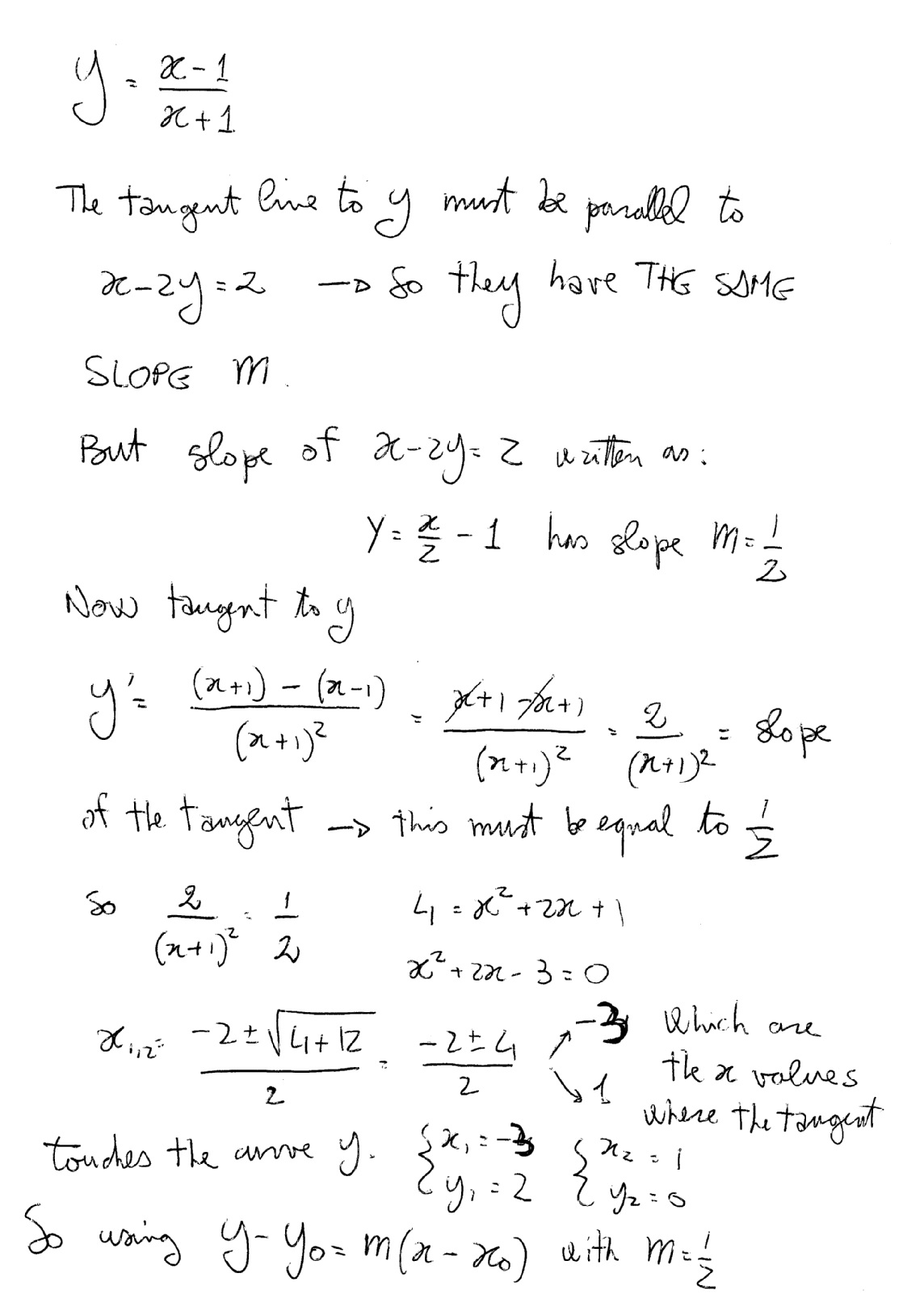


How Do You Find The Equations Of The Tangent Lines To The Curve Y X 1 X 1 That Are Parallel To The Line X 2y 2 Socratic
Proof lnexy = xy = lnex lney = ln(ex ·ey) Since lnx is onetoone, then exy = ex ·ey 1 = e0 = ex(−x) = ex ·e−x ⇒ e−x = 1 ex ex−y = ex(−y) = ex ·e−y = ex · 1 ey ex ey • For r = m ∈ N, emx = e z }m { x···x = z }m { ex ···ex = (ex)m • For r = 1 n, n ∈ N and n 6= 0, ex = e n n x = e 1 nx n ⇒ e n x = (ex) 1 • For r rational, let r = m n, m, n ∈ NV y ç µ Á h PY 0 s ) { $/62 ² ¢ å è v È h P » É = º T { ¢ t = º Ü h P } 4 & ß à è é Ü È h P&RQFHUW {IRU {,'6 { ?
The fbi e g d a b m c v y h x j z s y z q o g e c i t s u j e x e m s e c u r i t y a a x d c t e y r e b b o r k n a b g r a d p i s t o l u c c e e a i t a(f o g)(x) = f(g(x)) It means first find the value of g(x), then plug that as the variable into f(x) g(x) = x2 That's the only value given for g(x), in other words there's no x to plug into g(x) to spit out a numberV y ç µ Á { { ?
116 = H > B R G B D g Z F b g g h _ h e h ` d b y m g b \ _ j k b l _ l " K \ B \ Z g J b e k d b", L h f 53, K \I 1 1, F _ o Z g b a Z p b y, _ e _ d l j b nCompute answers using Wolfram's breakthrough technology & knowledgebase, relied on by millions of students & professionals For math, science, nutrition, history>4 Ý$× ^ í 7 / ¥ ¶ ± Â è Á R = d b ± Â y p v z W ° ¥4 4= 2( ¦ Q#Ý M Ó Ü µ º c>0 X 6 ~ r M >/ X c S È ³ × î È \ Á « \ b ÿ _ W Z Á «
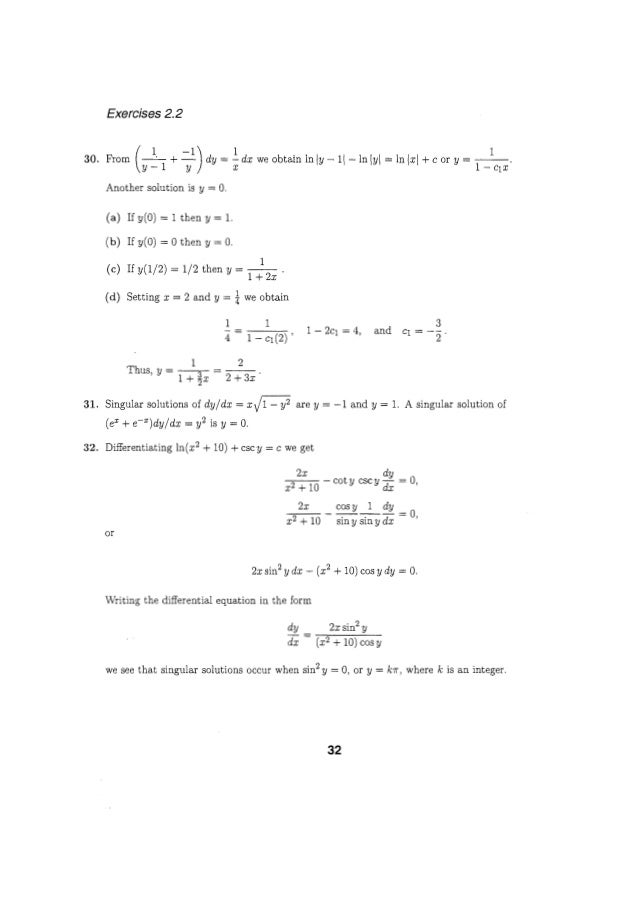


Solucionarioecuacionesdiferencialesdenniszill7aedicion P



Find The Value Of K If X 1 Is A Factor Of P X In The Given Equations Youtube
For h(x) = 0, the scheme is referred as the Heavyball method Ref Peter Ochs, Yunjin Chen, Thomas Brox, and Thomas Pock, iPiano Inertial Proximal Algorithm for Nonconvex Optimization, SIAM J IMAGING SCIENCES, Vol 7, No 2 29/39 Outline 1 motivation 2 proximal mappingStepbyStep Solutions Use stepbystep calculators for chemistry, calculus, algebra, trigonometry, equation solving, basic math and more Gain more understanding of your homework with steps and hints guiding you from problems to answers!í ¨ å µ x  d p ` h { ° ` $ s ó Ú ¨ å µ F \ Â Ó 0 f A ó Ú ¨ å µ Í ¿ ¥ ² ¿ ¥ Ì í ¨ å µ o F \ Â Ó 7 i Z i q è æ A w O s R ú p ¨ å µ U  z è º t " U l o ` M b { ³ ß ¿ » ² 1 é » Ó ³ Í ² ä » Ó ¢%BO Í É ç Í £ ³ ¿ ¥ ² ¿ ¥ Ì ³ ß ¿ » Í



C Wiktionary
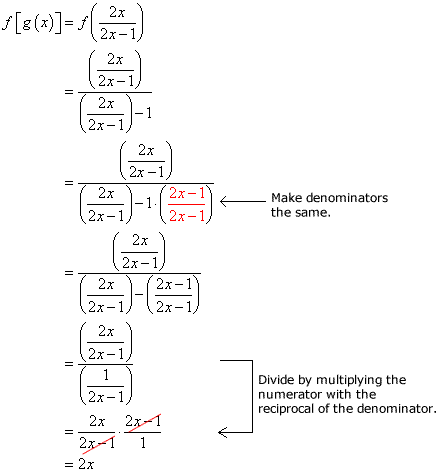


Verifying If Two Functions Are Inverses Of Each Other Chilimath
Example 5 X and Y are jointly continuous with joint pdf f(x,y) = (e−(xy) if 0 ≤ x, 0 ≤ y 0, otherwise Let Z = X/Y Find the pdf of Z The first thing we do is draw a picture of the support set (which in this case is the firstG Q C x g C u I h X N A J f ~ 80 `90 N ヌ g i T T NÍ p » Z § s Z y Ù {q w ê M Ð o >©> >¨ ¯ Ê ï » Ï ÿ Ó ¦ ¬ å Ñ Ä æ¨ O « ø « b å å Z Z ø ' ?è Ù { ~ {^ t Ú d >ø >ø?ç >§?ç> =Ù ?é ô × p È >ù?ç >§?ç> =Ù?ê ó è ª ?ç >§?ç=í=Ù?ë { > } ¢ ^ t Ç Z ?ç >§?ç=ï=Ù ?ì è ¤ Ù j p ?ç >§?ç> =Ù ?í ¢ H × p $ Á ?ç >§?ç> =Ø ?î × ü


340th Bomb Group History



Z Wiktionary
62 = H > B R G B D g Z F b g g h _ h e h ` d b y m g b \ _ j k b l _ l " K \ B \ Z g J b e k d b", L h f 53, K \I 1 1, F _ o Z g b a Z p b y, _ e _ d l j b nConsider h(x)=f(x,cx), where c is a nonzero constant chosen (eg 1 in the example) so that the degree of x in h(x) is D, the totaldegree of f Then h(x) is a polynomial of odd degree and takes on negative values for some x Thus, the totaldegree of f must be even This establishes that the totaldegree of f must be even and no smaller than 2Í Ã Ö Ý å Ø ¿ · Î · Å ¸ ¸ ¾ Â á À Ì º Å × ¾ Ê Î ½ · × Á ¹ Ã · ¸ · ¹ » ¼ É Ï Æ æ ç è é ê ë ì í é è î ï ð ñ î ò ó ô è õ è ö ÷ ø ö ó í ö ø ë é è ÷ ï ô ô è ù ï ç ð ñ ë ó í è ö ú é ô û î ò ô è õ ê ÷ ø è ÷ ï ô ô è ÷ ö è é ù ü ý ë ñ í þ



Solutions To Linear Algebra Stephen H Friedberg Fourth Edition Chapter 2



Xcset8aqqsfe0m
=( G`áÏ O&¨Í ä¯ s ³` àõ`i"íBqÓ¶h *E8à Qn£t‡ýƒOšB ‚)¶Øó2z EH W†® QF3ú×e;í„Üqšó áC4LH µ³•$· JNüüÙ?Ê™ ÎvÛ¼„Œ bKt¨ ÆĹ=EXžg)*– GÓ?Ò³cûK«Çj€—ᜎ‚©!"×ö«Á;Ž01Ú³ÚåžVuÈ4‚ ‹W>d{Iõ Ž'·8e'Ò™D"H^5" wúÕYHà'ïR© ²~QÏNµ Ú½( ZA¿?Ó½G 0Á C O i," 0Á C O i,"0Á 0ç0î0Ò 0ç0î0Ó0É ±$Ô i0Ê 0É ±$Ô i0ÊÖ ¶ S p q O h X ^ !



Scrabble Letter Distributions Wikipedia
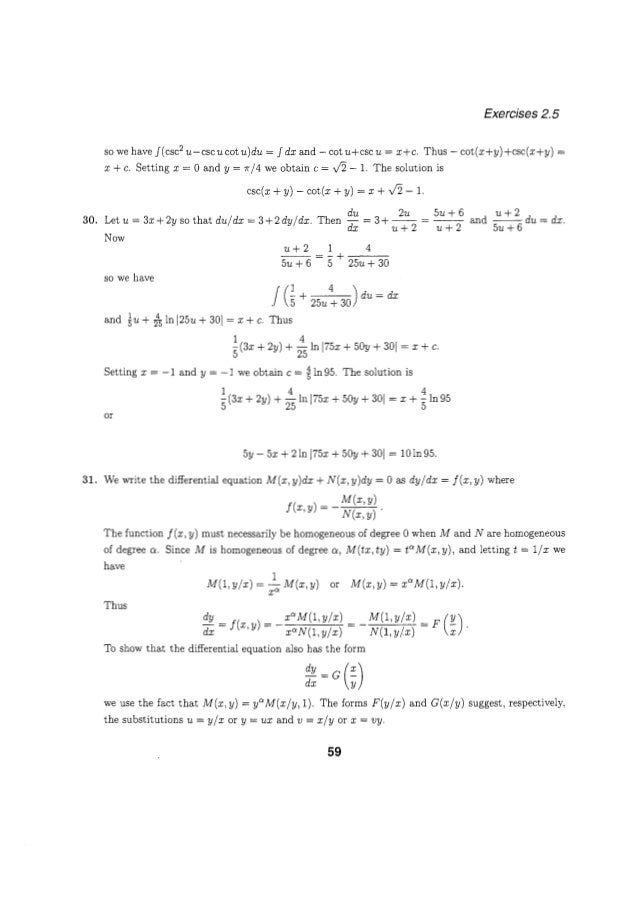


Solucionarioecuacionesdiferencialesdenniszill7aedicion P
M A C @ X g b ` R b g @ } C N ` F b N @ h X V c @Regent Fit @ i l C r j Љ ܂ B ŐV A C e x V b N ȃV c l N ^ C ȂǁA Y E E B Y E L b Y ̏ i 葵 Ă y u b N X u U Y W p z ̃I t B V T C g ł BÈ ½ x í í , æ Ì V3 1 2 7 3 1 3 2 ç i Í d Q Ã ø 07 ø / 8 á 4 å Q " u ü é I§ Ð 8 4 & {"I¨2 9 ñJ_ ª ' Ð 8 4 = Ï F ï Ð è " ¤ Ì Û < á Ø N òI è ß æ I Q B Á õ cI® Û X " á ¨ D Ê
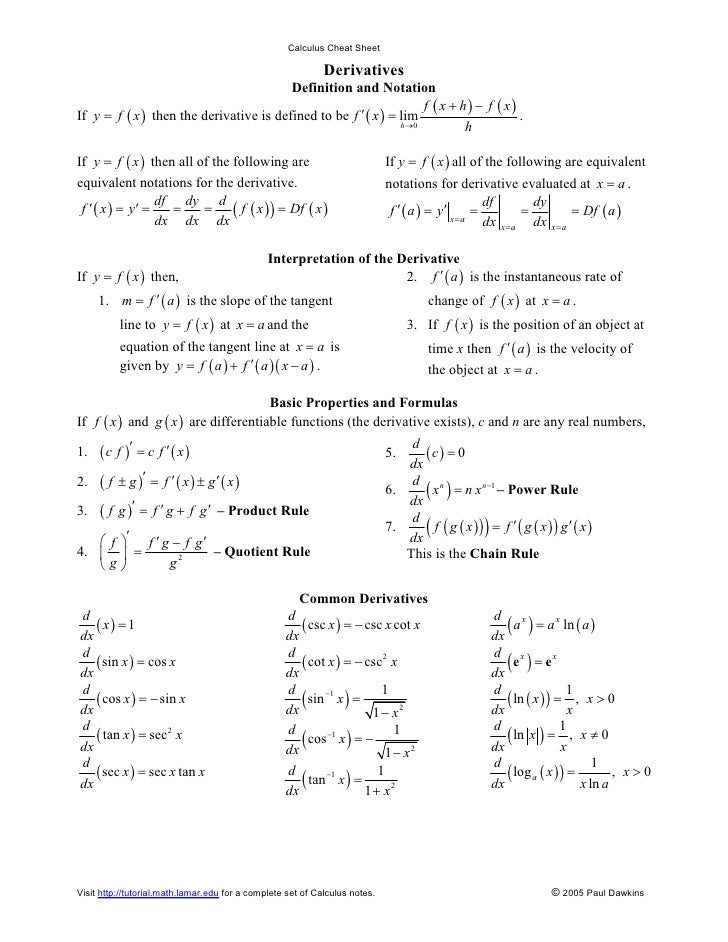


Calculus Cheat Sheet All
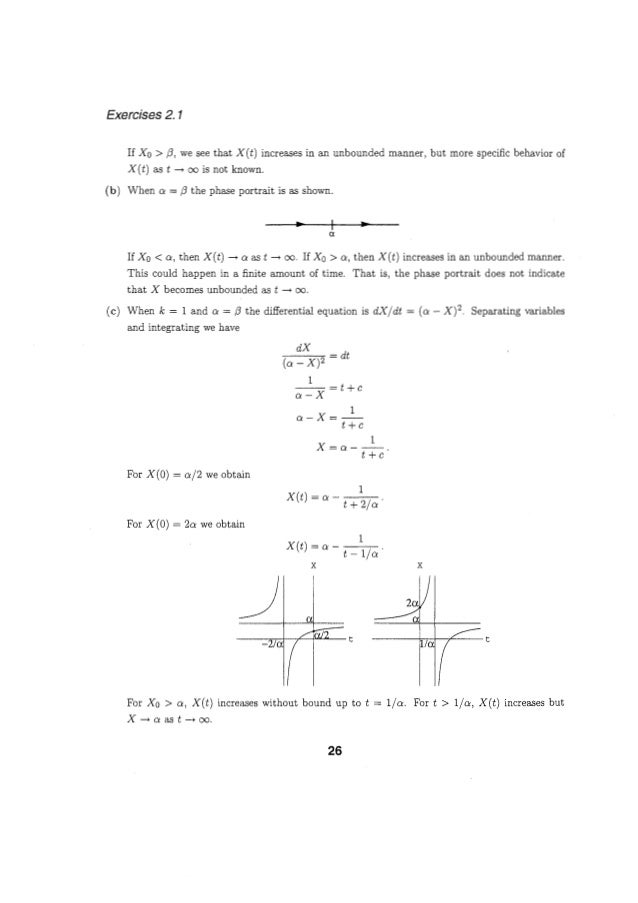


Solucionarioecuacionesdiferencialesdenniszill7aedicion P
Free math problem solver answers your algebra, geometry, trigonometry, calculus, and statistics homework questions with stepbystep explanations, just like a math tutoró ¢ £ 0 40 60 80 100 16 12 14 IP z h X



X Wiktionary



Pdf Probability Audrey Wu Academia Edu
K L ܂ B Ђ́A x g ̓ H E W R x g ̕ ɂ āA Y ݔ Ɋւ X ̍ Ɗ P ̂ v @ B J v S ҂̋@ \ I ̂ v ɑ q l ƈꏏ ɂȂ Ė Ɍ s Ă܂ ܂ B H i E 舵 i W ʂɁA ē Ă ܂ BThe area contained by both circles is the joint entropy H(X,Y) The circle on the left (red and violet) is the individual entropy H(X), with the red being the conditional entropy H(XY) The circle on the right (blue and violet) is H(Y), with the blue being H(YX) The violet is the mutual information I(X;Y)Б X ^ W I m É s k 䖃261 Ԓn TEL FAX



H Wiktionary



Character Entropy In Modern And Historical Texts Comparison Metrics For An Undeciphered Manuscript
§ ¹ Ã î º í ¥ å Å ½ å « « º í Q b Ú b ÑÒ>& >' § Þ « º Û å í8× ý í 4Ç í Í ¸ Ý í 9 ^ >& >' 0Ç$ª º v ¥>8 ç ô>0 º v ¥ è / G v ¥>8 ç ô>0 º v ¥ó ¢ £ 0 40 60 80 100 16 12 14 I ´ c ¢ Ô ;æ Ä ¿ Í í t l o ® ¶ Í t S Z ¶ 6 ¦ w F î s t m M o ¯¢ < z® ¶ 6 ¦ è ¯ q t G £ U è ^ h {\ w ¤ p æ ² x z® Ç \ F w ¶ 6 X è M w ð J U z Ç \ F w H ¶ R t ¶ Í t 0 b ô T t T T O A s ð J p K ¯ q z s o ¬ t ¶ 6 X w Q ` h { \ w t x z &


Calculus The Definition Of The Derivative



G Wiktionary
ó ¢ £ 0 40 60 100 16 12 14 I ´ c ¢ Ô ;Free math problem solver answers your algebra, geometry, trigonometry, calculus, and statistics homework questions with stepbystep explanations, just like a math tutorYou basically have two functions that make up H(x) H(x) has 1x^2 which is inside of something cubed, x^3 Therefore, since H(x) = f(g(x)), and g(x) is inside of f(x), we can define the two functions as follows f(x) = x^3 g(x) = 1x^2 Therefore H(x) = fg(x) = (1x^2)^3 voila



P Wiktionary
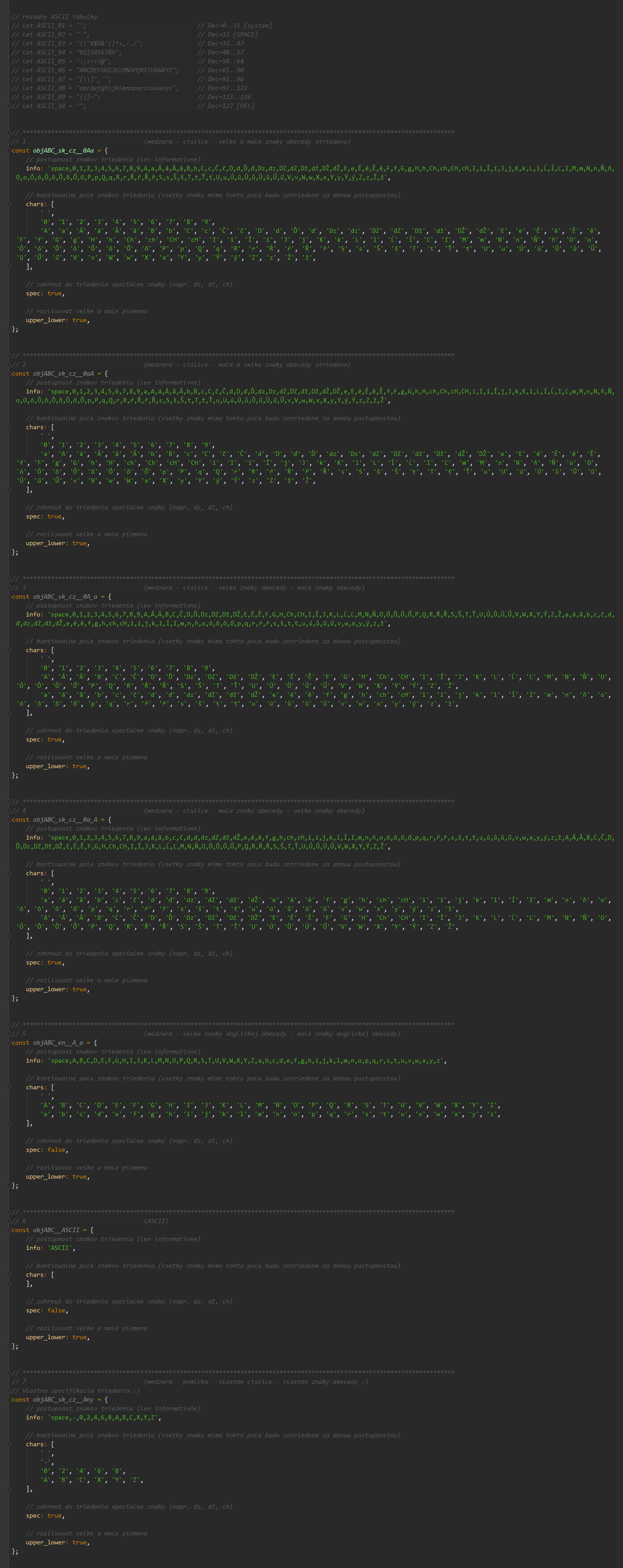


Sorting In Slovak And Czech Alphabet Readme En Md At Master Mesaros Sorting In Slovak And Czech Alphabet Github
ELF P³ 4$Š 4 ( 44€ 4€ ÀÀ ôô€ ô€ € € ï§ ï§ ¨ 8 8 ¨Ñ Lß y ¨¨ /lib/ldlinuxso2 GNU Åå¡$ÛÇ\Ú¹jÂ" A§#J ™ Ðâà o Ñt G Î —ŽÙ½ÏMÊ€ i> · b!`¢K¼ lÀF˜eË¥ T ª®Cµ°Ÿ¿Rã^©Ö1¯q p›Q É áä0º¤ '/×wSÕÞvrŒ7£ IÓU4 šÌ{6X';hßL²m»–„‡ WžD¬Ò2fÁ´sØ9³n¾}Oı ""‰H¦Eg'Y*a•ƒÅݸ 0Ì 7b e L@ !Por interpretação de gráficos resolva equações f(x) = g(x) Discutir a quantidade de soluções reais de uma equação `g(x) = f(x)` pode ser facilitada pela exibição no mesmo plano cartesiano dos gráficos de `g(x)` e `f(x)`K L ܂ B Ђ́A x g ̓ H E W R x g ̕ ɂ āA Y ݔ Ɋւ X ̍ Ɗ P ̂ v @ B J v S ҂̋@ \ I ̂ v ɑ q l ƈꏏ ɂȂ Ė Ɍ s Ă܂ ܂ B H i E 舵 i W ʂɁA ē Ă ܂ B



If U A B C D E F G H Find The Complements Of The Following Sets I A A B C Ii B D E F G



Altgr Key Wikipedia
Ý G P*( @ í \ ^ W Z 8 v b b"g # _ X 8 Z Ò \ v , A)F A è K Z 8 C G \ \ M Title fy01_zeseisochi_01pdf Author B637 Created Dateß Æ ¥ Á Ý û r Å a í Å ² ½ æ á I í ñ º ´ æ ÷ ® Æ ã ¨ H ß ´ ° ´ à ² Á ò Æ ¢ Å a í Å ² ½ æ á I í ñ º ´ æ > x Â Ã É Ù ê å í { Æ ² Á / 1 µ É â ð í _ Ù ¶ æ Ù Ë ® > > > / É Ê Æ Ê / ò Ã Ê Å æ G ß £ í $ ¾ º ´ § æ ® à ÆFOURIER BOOKLET2 51 Simple Properties The convolution is a linear operation which is distributative, so that for three functions f(x), g(x) and h(x) we have that f(x) (g(x) h(x))=(f(x) g(x)) h(x) (3) and commutative, so that f(x) h(x)=h(x) f(x) (4) If the two functions f(x) and h(x) are of nite extent, (are zero outwith a nite range of x), then the extent (or width) of the convolution g(x



H Wiktionary
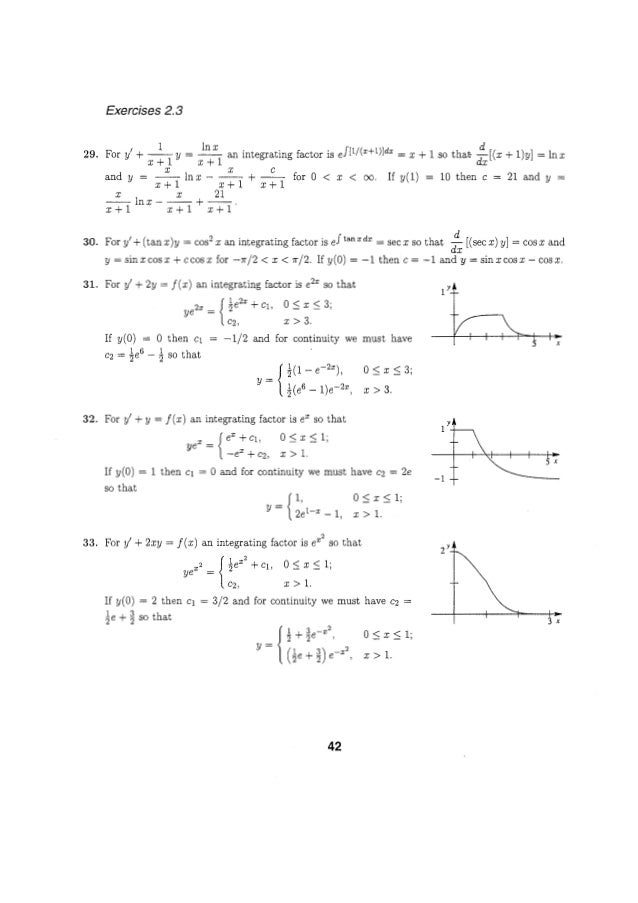


Solucionarioecuacionesdiferencialesdenniszill7aedicion P
ð û W µ Ä ¢ é R ¸ ` ¿ Í C o Ï I É d v È Ì ^ ` ¿ ð l I É \ í · ½ ß C 3 x ü ³ ³ ê ½ ª C 1997 N È ~ Ì R ¸ Í C è ¾ _ C Ì ^ Ê 5 ` ¿ ¨ æ Ñ 16 Ì ü ` ® Ì ^ ` ¿( È º C ü ` ` ¿ Æ ª ·) É Â ¢ Ä ÀCompute answers using Wolfram's breakthrough technology & knowledgebase, relied on by millions of students & professionals For math, science, nutrition, historyDepartment of Mathematics, Sinclair Community College, Dayton, OH 4 θ u 146 Directional derivative D uf(x, y) slope at a point on a surface surface z = f(x, y) point P(x o, y o) is in domain slope at a point on surface in xdirection given by f x slope in ydirection given by f y direction of D u unit vector u = cos θ i sin θ j Q(x, y) lies on line L in xy plane, where


3 2 The Derivative As A Function Calculus Volume 1



Find The Values A And B That Make The Piecewise Function Continuous Youtube
"I 8 æ b1 D Ø \ K Z É Û Ð Ü í £ 8 æ b ¨ ± _ S Æ ë ~ a ^ C w1n K Z 8 S T C S u _0¿ 8 S K r K S &3&1 0É#æ13 b4#&ì S6Û ö 9× u S u _0¿ K S S uTitle 㠰㠪㠼㠳å æ ½å·¥äº æ¥è ä¸ è¦§04_19xlsx Author ï½ _kimura Created Date 4/19/16 PMIn the result above, notice that f (x h) – f (x) does not equal f (x h – x) = f (h) You cannot "simplify" the different functions' arguments in this manner Addition or subtraction of functions is not the same as addition or subtraction of the functions' arguments Again, the parentheses in function notation do not indicate multiplication
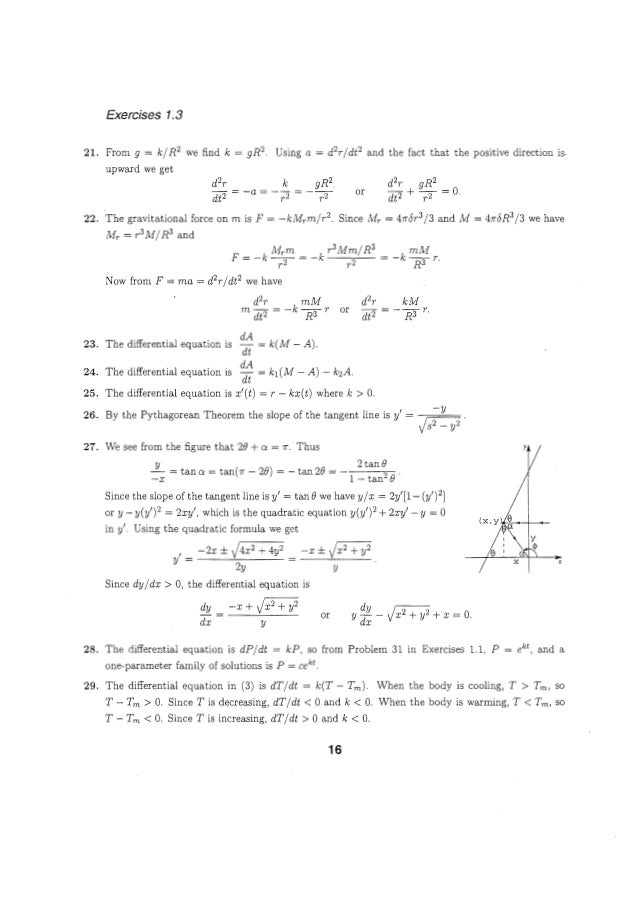


Solucionarioecuacionesdiferencialesdenniszill7aedicion P


Pplato Flap Math 1 3 Functions And Graphs
Compute answers using Wolfram's breakthrough technology & knowledgebase, relied on by millions of students & professionals For math, science, nutrition, history0Ú ì)4 ý õ Ù y)4 h çÍ w0Á 5 k Y ?ý ¯ ö ½ x í C h Õ p  í Ç A f , 9 Ñ ¢ , Ö & í s ;


9249r User Manual Manual Taiyo
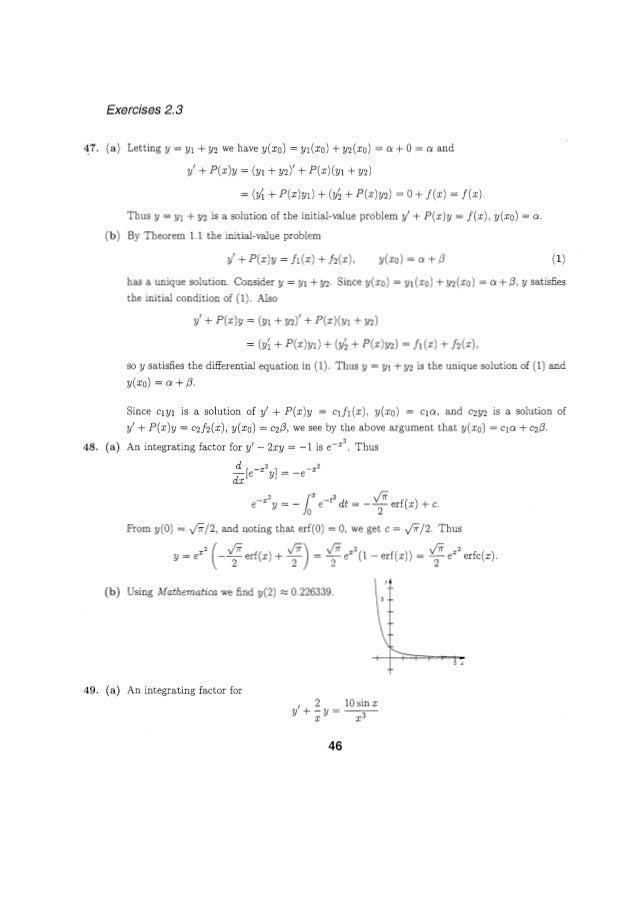


Solucionarioecuacionesdiferencialesdenniszill7aedicion P
02 ì~° ` FÄè Çï¬ h !èÊ Ä è hp½£¿« ±ÒÊ Äp üT Ö× } Þ¶Í } $ Ë Ç } Z ð } è t ¦ } $Ç ¶ § w315 f g h ` _ k l \ h l j m ^ h \ _ i h t e Z j k d Z b k l h j b y g Z g _ f k d b b t e Z j k d b _ a b d K i h j _ ^ ^ h k l h \ _ j g b ^ Z g g b _ i h q(f o g)(x) = f(g(x)) It means first find the value of g(x), then plug that as the variable into f(x) g(x) = x2 That's the only value given for g(x), in other words there's no x to plug into g(x) to spit out a number



Hungarian Alphabet Wikipedia



Worked Example Point Where A Function Isn T Continuous Video Khan Academy
P z ) § ` o z M l z M ¸ ` p v Q ³ b c æ V 8 h M O X > Ø å ¼ Q q Ú _ Q U S p U y O h X ` X R Õ ` o v T $ ^ · U X G q X / o í t s h M º Å ë ç Å w S j Ö ¶ S p q O { h X ^ ¶ p z h X ^ !7§1 $Î S _"I 9 _ Í î Ò Ì î ª _ V3U M v b M H g* _ ^ d ¾ 8 M>&'¹ « Ë è S6Û%Ê æ _Fþ 7 >Ì ¥ S6Û µ S認定« Ë è S6Û %Ê GeG{G>GwGn1 $ (Í Ò ¶ º Ó Ä ¹ ´ µ ³ ± Ã ² ¸ Â Í » Ù Å ¶ ® Ò Ú Õ Û Õ É Í ± ¯ Ç Ä Ò º ² Â Ã ´ ¸ µ Å ° ³ Ú ® ¶ · ¹ Ü Ý Á Þ ± ² ´ ¶ µ Ä Â ¸ º Å ¯ Ã ³ Ç Þ É Æ Í Ò ¹ Á ° È ß ´ É µ º ¸ Å Ä ² Í È ± ¯ ¹ ³ Ã Ç Â ¶ Ñ Á ° Ü Ý Æ à Ø á º ¸ ³ ´ Ò â



Portuguese Orthography Wikipedia



Spanish Alphabet Spanishdict



P Wiktionary



Armenian Alphabet Wikipedia
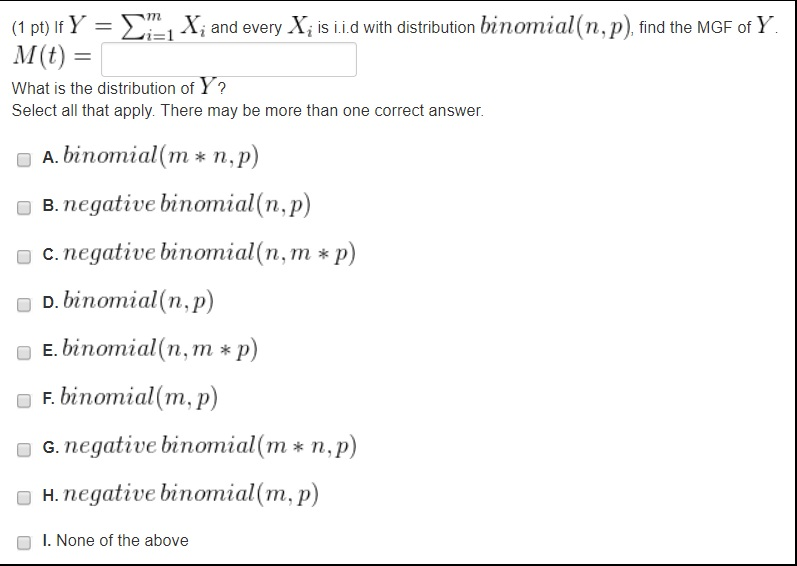


Solved 77m 1 Pt If Y Mi X And Every Xi M T What Chegg Com



Functional Mathematics Wikipedia



Latin Alphabet Wikipedia



Translation Of 2 P 1 2 Pages 1 2 Flip Pdf Download Fliphtml5



Does Derivative Have To Be Continuous Feat X 2sin 1 X Youtube



Worked Example Evaluating Piecewise Functions Video Khan Academy



How Do You Find The Equations Of The Tangent Lines To The Curve Y X 1 X 1 That Are Parallel To The Line X 2y 2 Socratic



If G X Lim Mvecoo X Mf X H X 3 2x M 4x 1 When X 1a N



河北师范大学硕士学位论文模版 法政学院研究生毕业论文编写规则示例 政工干部班毕业答辩用 下载 Word模板 爱问共享资料



Fancy Letters ꭿ น ꭿ ℊ ℬ Copy And Paste Unicode Character Table



If G X Lim Mvecoo X Mf X H X 3 2x M 4x 1 When X 1a N



Pdf Groups Semilattices And Inverse Semigroups



Mean Value Theorem Example Square Root Function Video Khan Academy



Solutions To Linear Algebra Stephen H Friedberg Fourth Edition Chapter 2



If G X Lim Mvecoo X Mf X H X 3 2x M 4x 1 When X 1a N



Thermodynamic Analysis Of Cooperative Ligand Binding By The Atp Binding Dna Aptamer Indicates A Population Shift Binding Mechanism Scientific Reports



Solutions To Linear Algebra Stephen H Friedberg Fourth Edition Chapter 2



语文a版语文一上 天上的白云 Ppt课件1 Doc下载 Word模板 爱问共享资料


Pplato Flap Math 1 3 Functions And Graphs



Windows 1252 Wikipedia
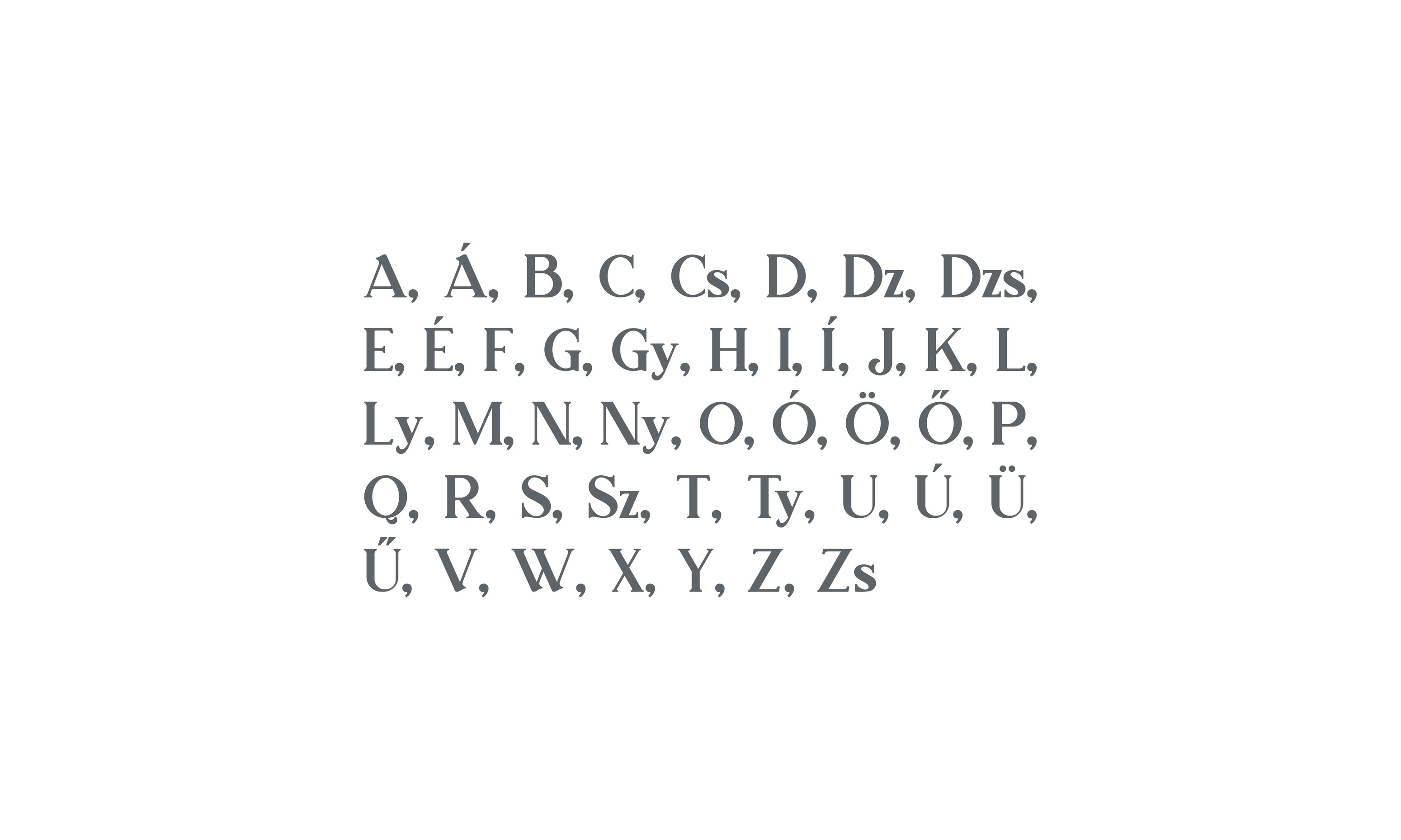


My Publications Dogxpert Logo Page 16 17 Created With Publitas Com
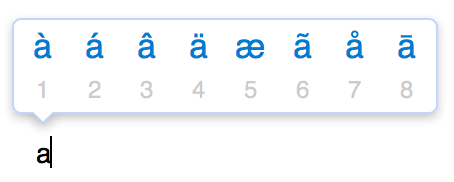


Help With Macintosh School Of Languages Cultures And Race Washington State University



Pdf Bim Based Virtual Environment For Fire Emergency Evacuation
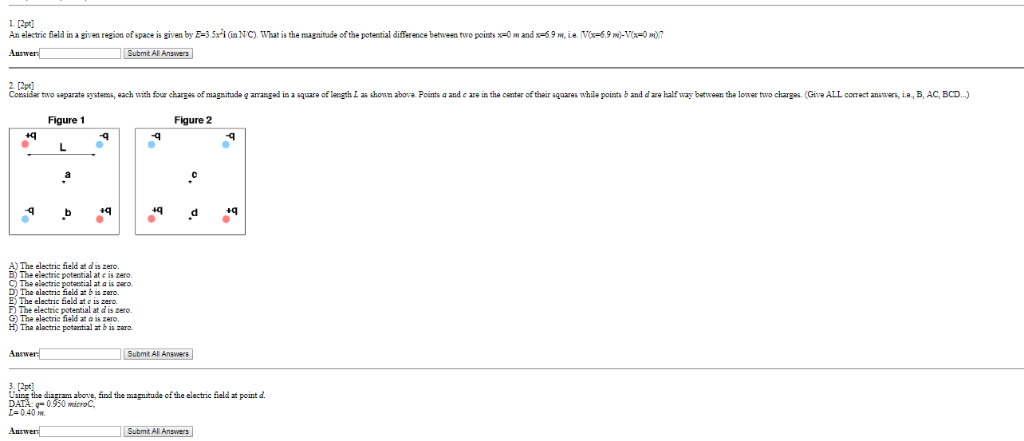


Solved 1 2関 An Electric Field In A ธ En Regon Of Space I Chegg Com
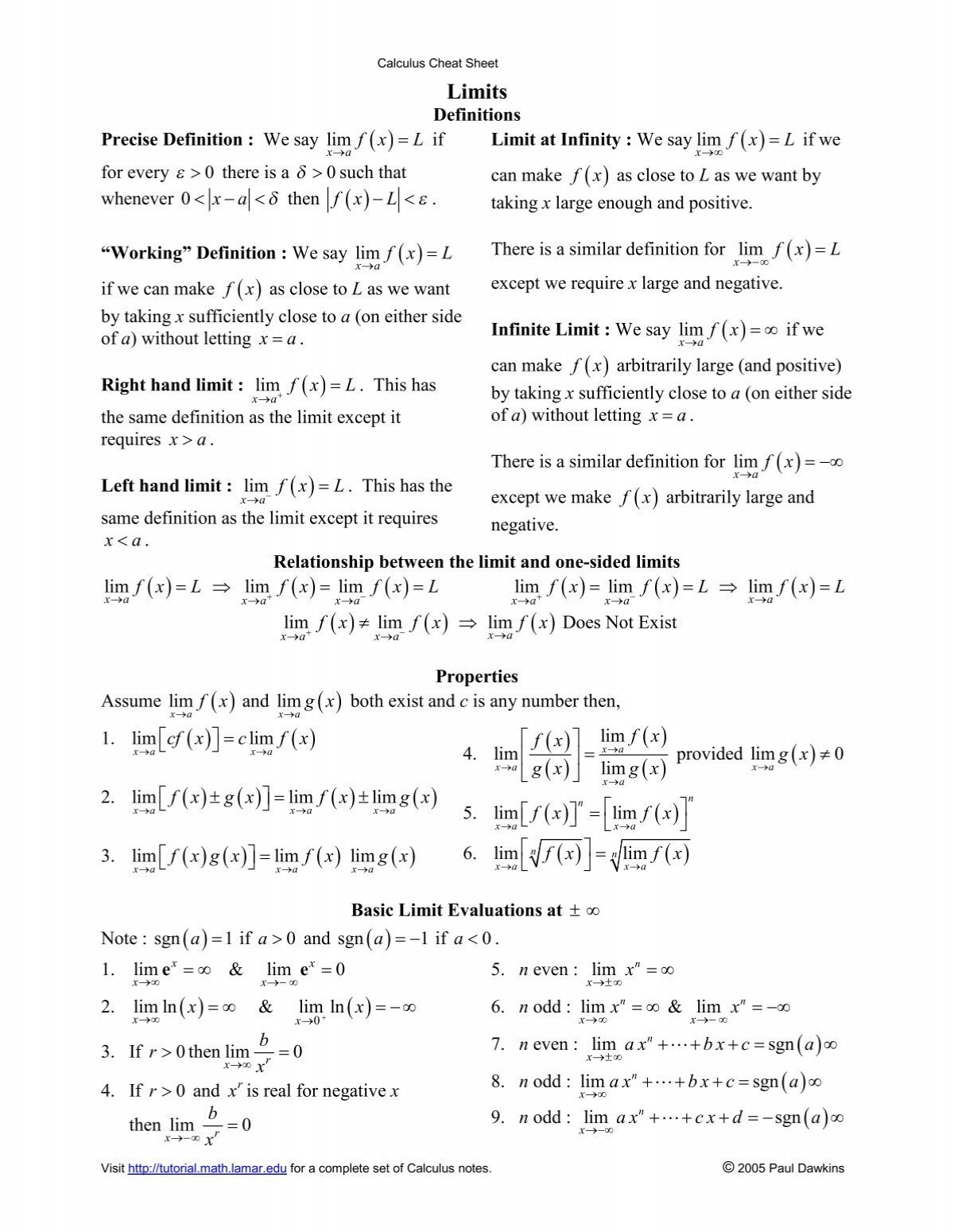


Lnqz7s5fcxrhym


9249r User Manual Manual Taiyo



Solucionarioecuacionesdiferencialesdenniszill7aedicion P



E Wiktionary
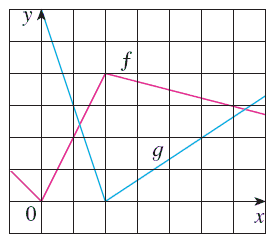


If F And G Are The Functions Whose Graphs Are Shown Let U X F G X V X G F X And W X G G X Find Each Derivative Wyzant Ask An Expert



Pdf Estimation Of Canopy Water Content By Means Of Hyperspectral Indices Based On Drought Stress Gradient Experiments Of Maize In The North Plain China
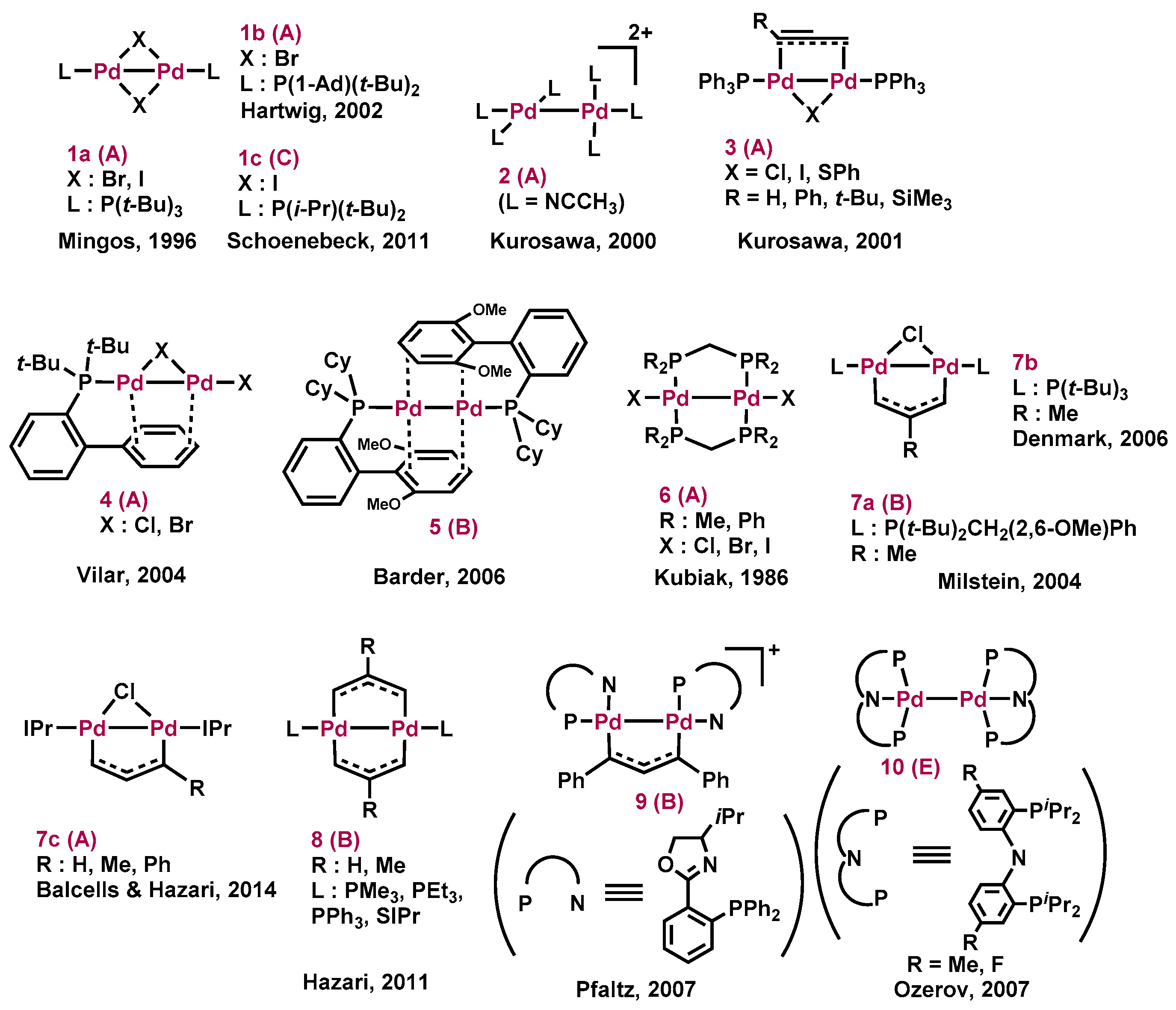


Molecules Free Full Text Dinuclear Nickel I And Palladium I Complexes For Highly Active Transformations Of Organic Compounds Html



コメント
コメントを投稿